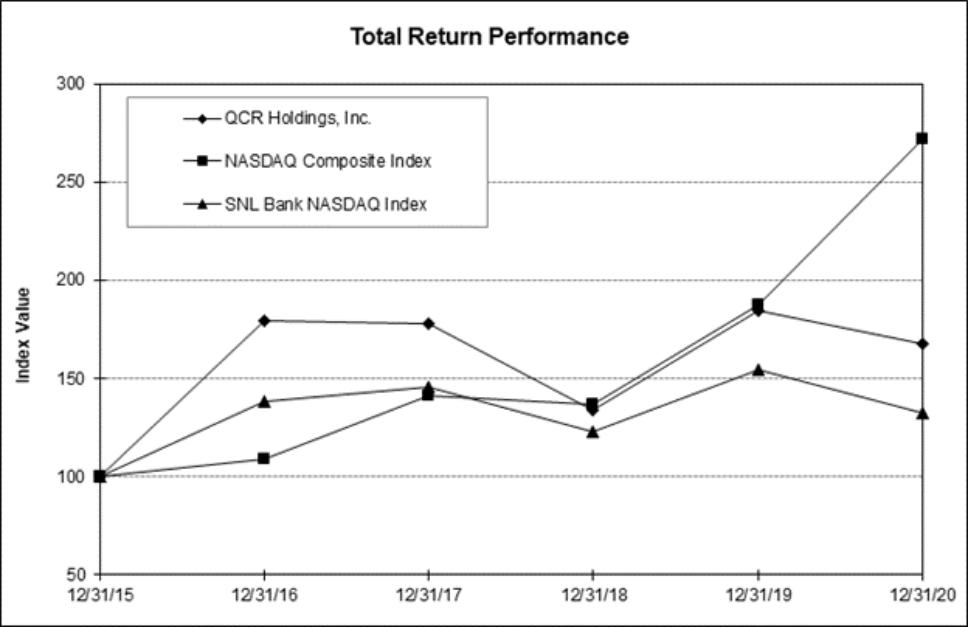In some instances for all loans/leases, it may be appropriate to originate or purchase loans/leases that are exceptions to the guidelines and limits established within the Company’s lending policy described above. In general, exceptions to the lending policy do not significantly deviate from the guidelines and limits established within the lending policy and, if there are exceptions, they are generally noted as such and specifically identified in loan/lease approval documents.
Human Capital Resources. As of December 31, 2020, the Company employed 668 full-time employees and 71 part-time employees across all locations. The employees are not represented by a collective bargaining unit. The Company is a relationship driven company and its ability to attract and retain exceptional employees is key to its success.
The Company encourages and supports the growth and development of its employees and, wherever possible, seek to fill positions by promotion and transfer from within the organization. Continual learning and career development is advanced through ongoing performance and development conversations with employees, internally developed training programs and external training opportunities. Educational reimbursement is available to employees enrolled in degree or certification programs and for seminars, conferences, and other training events employees attend in connection with their job duties.
As part of its compensation philosophy, the Company believes that it must offer and maintain market competitive total rewards programs for its employees in order to attract and retain exceptional talent. In addition to competitive base wages, additional programs include annual bonus opportunities, an Employee Stock Purchase Plan, Company matched 401(k) Plan, healthcare and insurance benefits, health savings and flexible spending accounts, paid time off, family leave, sabbaticals, flexible work schedules, an employee assistance program, and various wellness programs.
The Company is committed to fostering and preserving a culture of diversity, equity, and inclusion, and believe its differences of every kind make the company and its communities better. During the year, the Company focused on several initiatives to promote diversity, equity, and inclusion across its organization. A few specific actions were adding inclusion as a core value for the organization, rolling out a diversity assessment to gather feedback from all employees, and a company-wide training on unconscious bias. Additionally the Company provided webcasts and videos to raise awareness and educate its employees on diversity and inclusion.
The safety, health and wellness of the Company’s employees is a top priority. The COVID-19 pandemic presented a unique challenge with regard to maintaining employee safety while continuing successful operations. Through teamwork and the adaptability of management and staff, the Company was able to quickly transition half of its employees to effectively work from remote locations and incorporated safety measures in its locations for employees performing customer-facing activities. All employees are asked not to come to work when they experience signs or symptoms of a possible COVID-19 illness. In addition, the Company incorporated frequent communication updates using a variety of methods to ensure that all employees were kept informed of updates regarding the ongoing pandemic.
Competition. The Company currently operates in the highly competitive Quad Cities, Cedar Rapids, Marion, Waterloo/Cedar Falls, Des Moines, Iowa and Springfield, Missouri markets. Competitors include not only other commercial banks, credit unions, thrift institutions, and mutual funds, but also insurance companies, FinTech companies, finance companies, brokerage firms, investment banking companies, and a variety of other financial services and advisory companies. Many of these competitors are not subject to the same regulatory restrictions as the Company. Many of these competitors compete across geographic boundaries and provide customers increasing access to meaningful alternatives to traditional banking services. The Company also competes in markets with a number of much larger financial institutions with substantially greater resources and larger lending limits.
Appendices. The commercial banking business is a highly regulated business. See Appendix A “Supervision and Regulation” for a discussion of the federal and state statutes and regulations that are applicable to the Company and its subsidiaries.
See Appendix B for tables and schedules that show selected financial statistical information relating to the business of the Company required to be presented pursuant to federal securities laws. Consistent with the information presented in this Annual Report on Form 10-K, results are presented as of and for the fiscal years ended December 31, 2020, 2019, and 2018, as applicable.
Internet Site, Securities Filings and Governance Documents. The Company maintains an Internet site at www.qcrh.com. The Company makes available free of charge through this site its Annual Reports on Form 10-K, Quarterly Reports on Form 10-Q, Current Reports on Form 8-K, and other reports filed or furnished pursuant to Section 13(a) or 15(d) of the Securities Exchange Act of 1934, as soon as reasonably practicable after it electronically files such material
